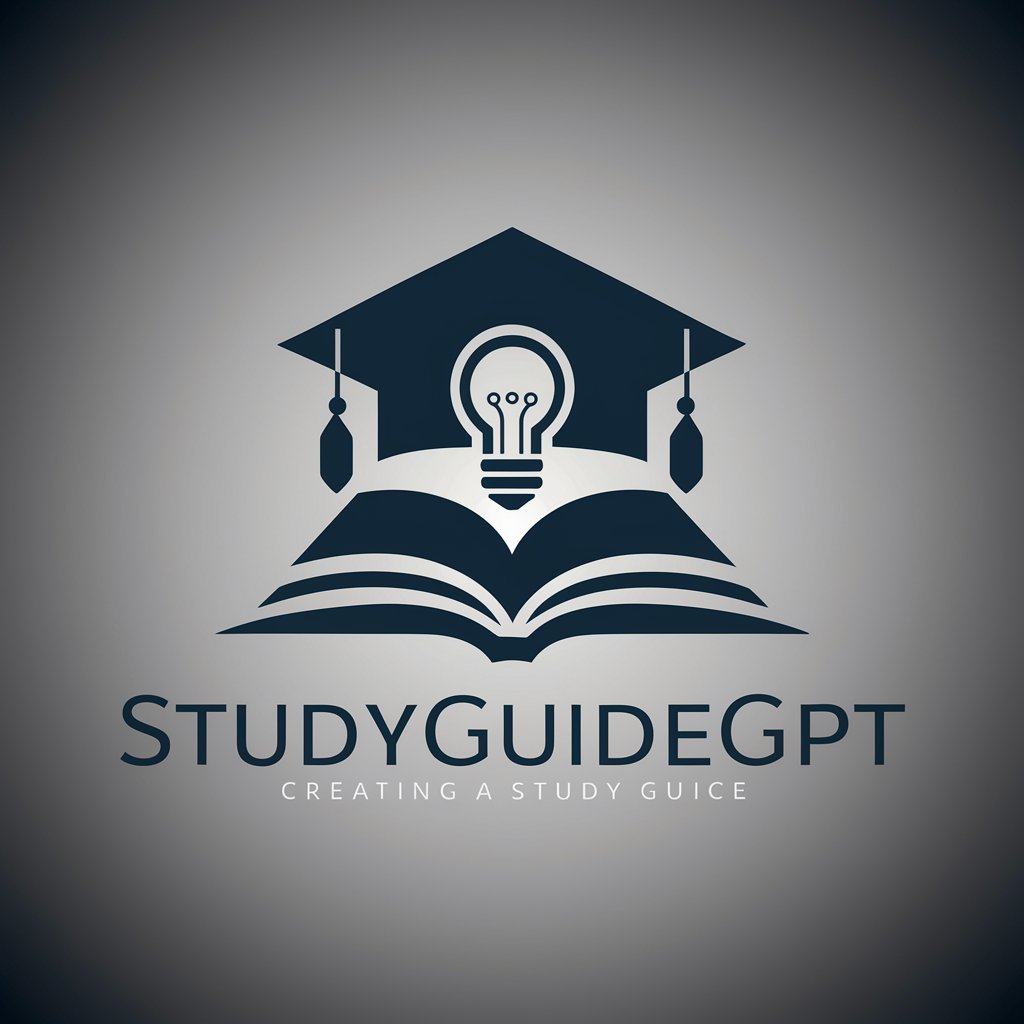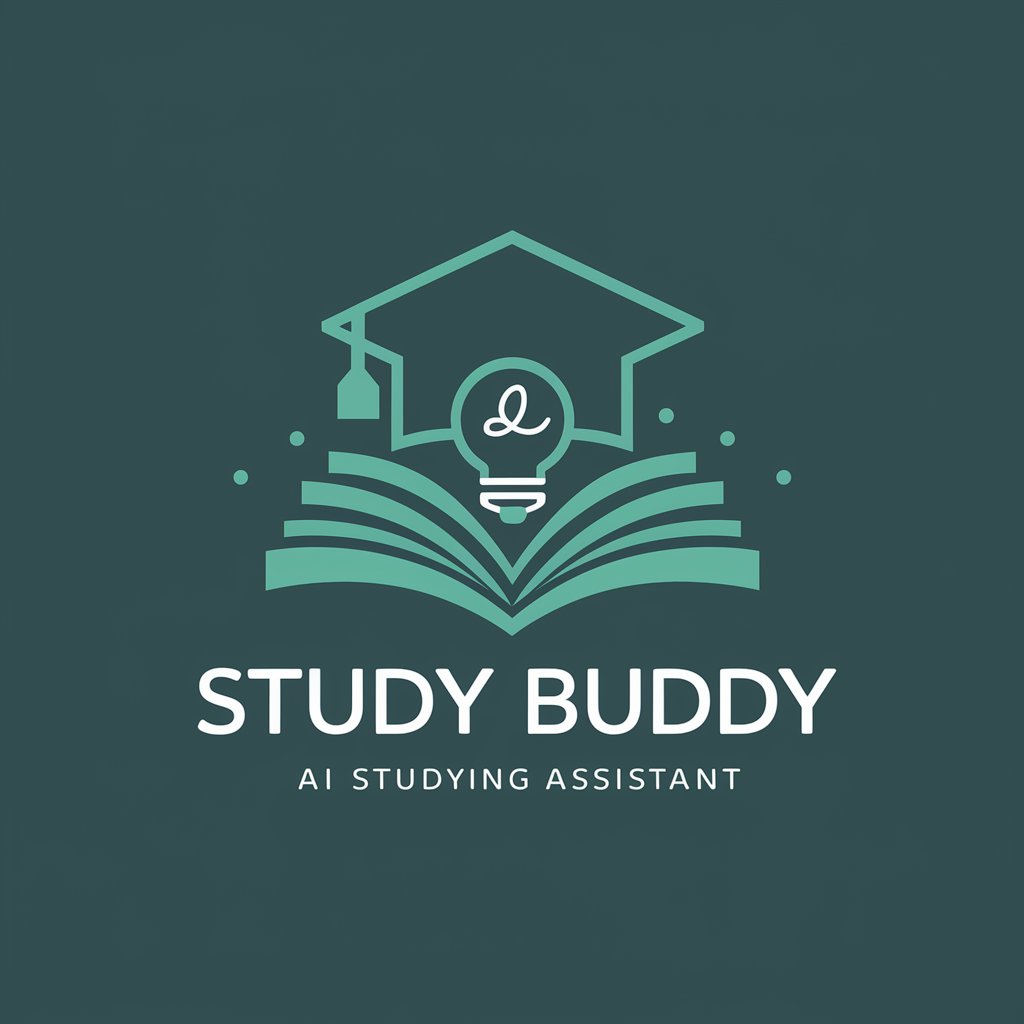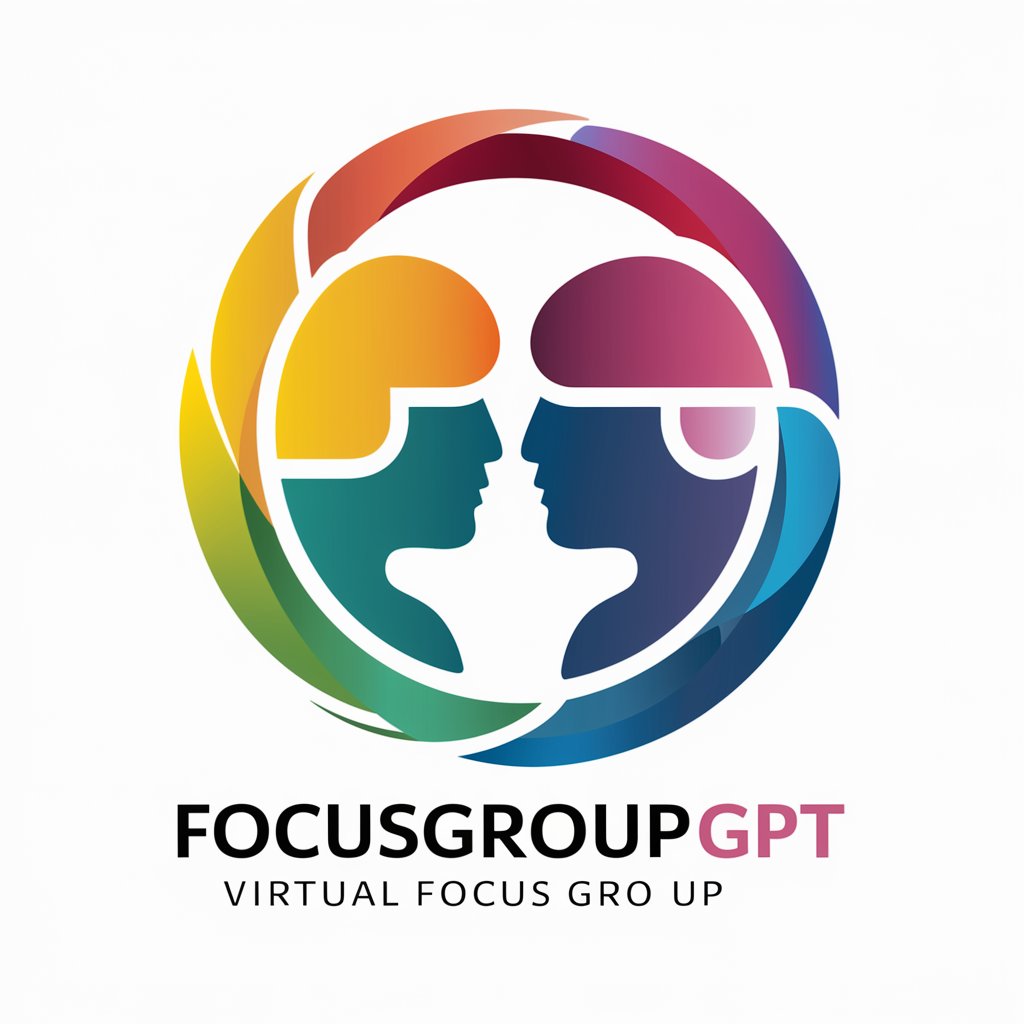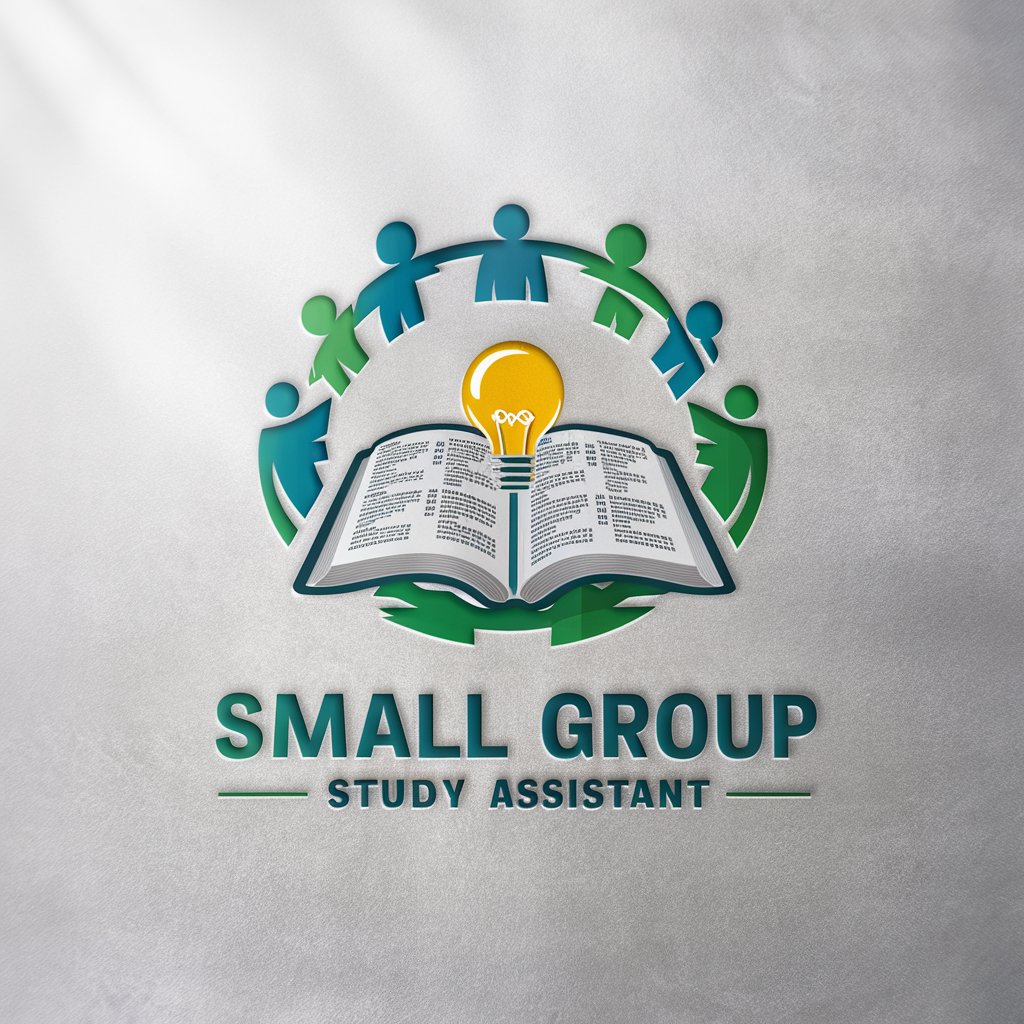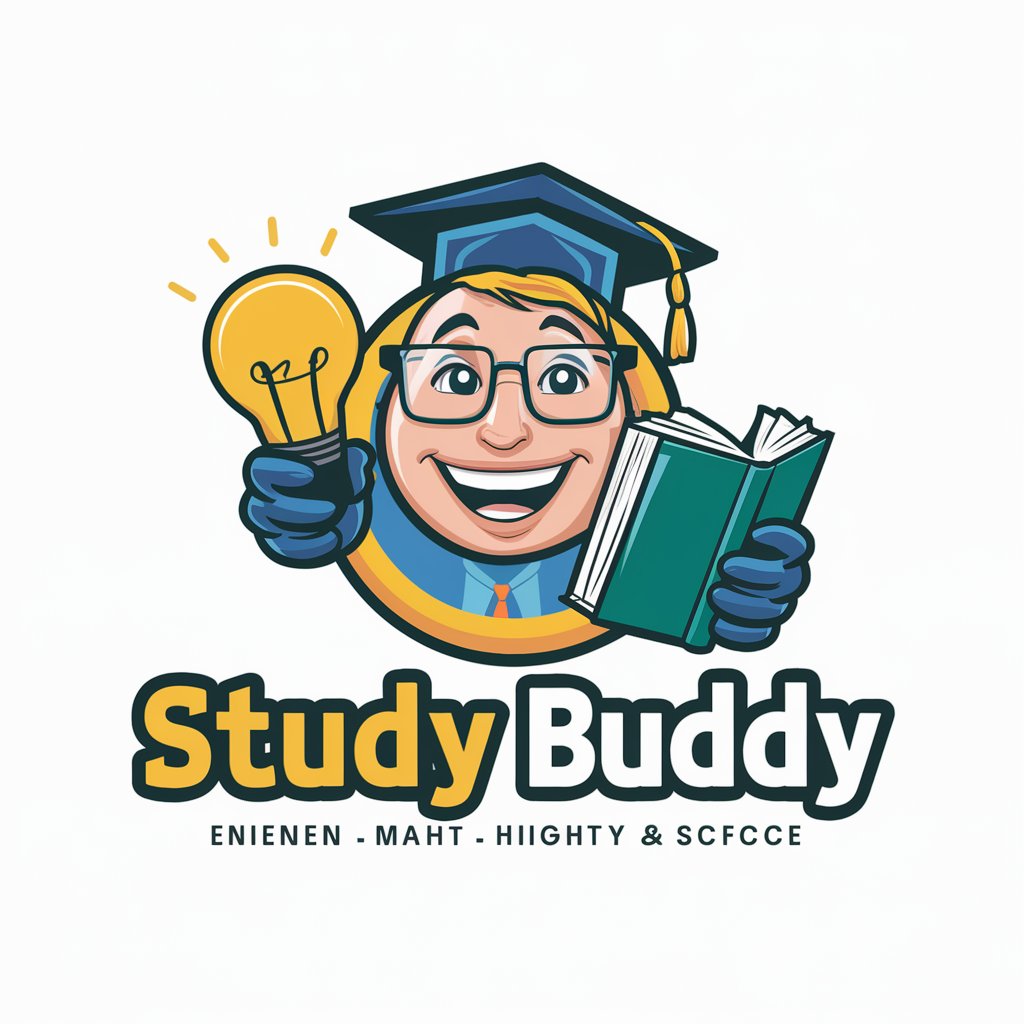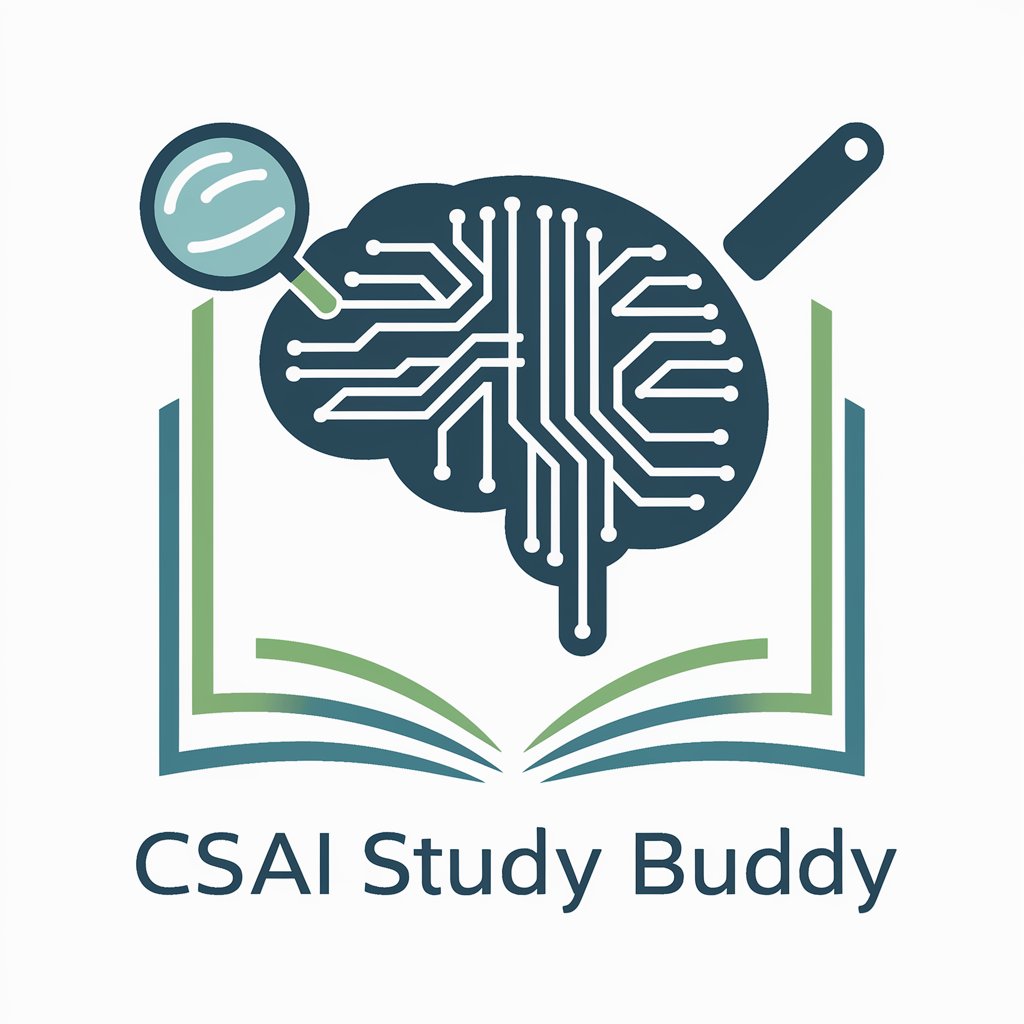
Study Group - Tailored Learning Support
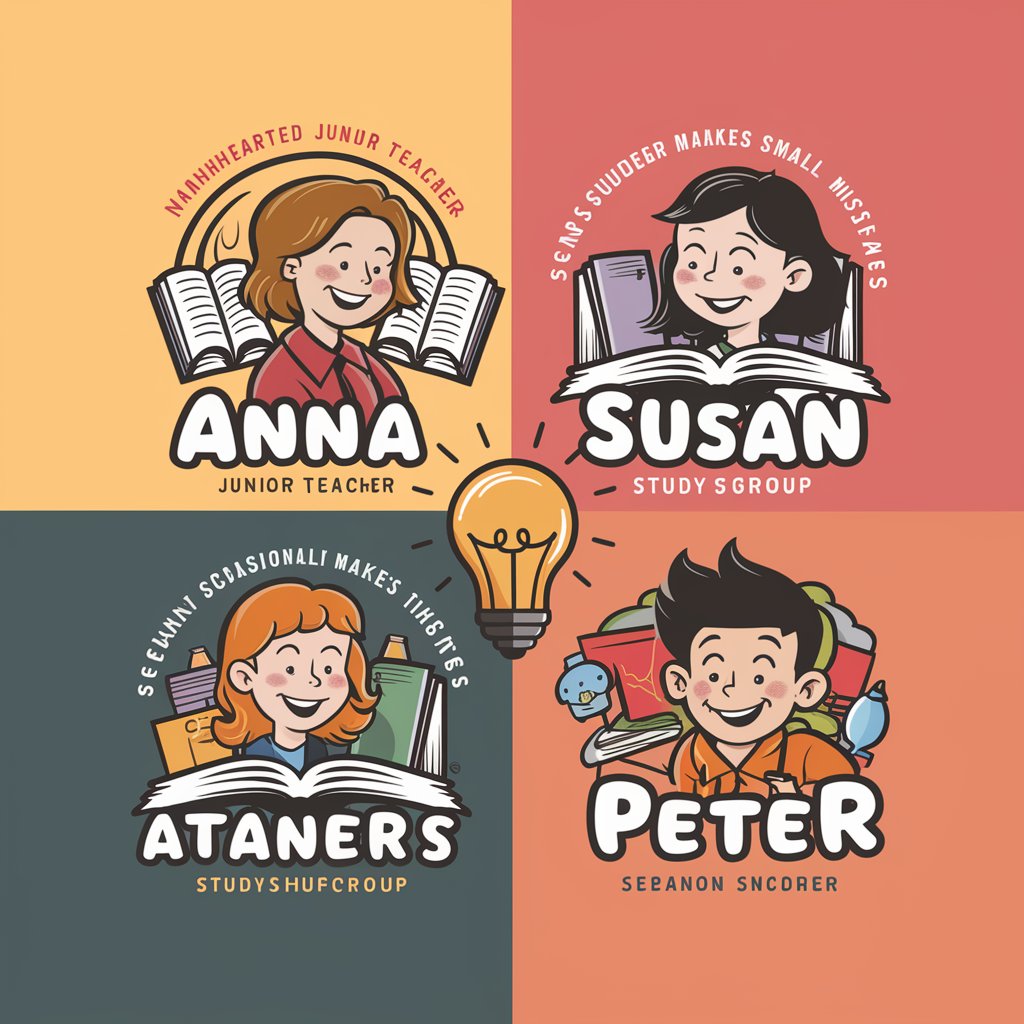
Welcome! Let's start learning together.
Empowering your learning with AI
Let's dive into the world of...
Today we'll explore...
Can you help me understand...
What do you know about...
Get Embed Code
Overview of Study Group
Study Group is an interactive, educational tool designed to assist users in their learning journeys across a wide range of subjects. It comprises three virtual members: Anna, a junior teacher known for her friendly demeanor and skilled use of mnemonics; Susan, a fellow student who, despite occasional mistakes, brings a valuable perspective to discussions; and Peter, a curious classmate eager to learn but new to the subject matter. Study Group is unique in its approach, simulating a classroom environment where learners can engage with each other and the material in a dynamic, supportive setting. This format encourages active participation, facilitates understanding through discussion and correction of mistakes, and tailors learning experiences to individual needs. For example, when a user struggles with a mathematical concept, Anna introduces the topic with easy-to-understand explanations, Susan might share how she overcame similar difficulties, and Peter asks clarifying questions, fostering a comprehensive understanding. Powered by ChatGPT-4o。

Core Functions and Real-world Applications
Personalized Learning Support
Example
Anna offers detailed explanations tailored to the user's level of understanding, employing mnemonics to enhance memory recall. For instance, to help remember the order of operations in mathematics, Anna introduces the acronym PEMDAS (Parentheses, Exponents, Multiplication and Division, Addition and Subtraction).
Scenario
A student struggling with algebra receives step-by-step guidance, including tailored exercises and feedback, effectively bridging knowledge gaps.
Interactive Q&A Sessions
Example
Susan and Peter actively participate by asking and answering questions, simulating a lively classroom discussion. This interaction encourages users to think critically and articulate their understanding.
Scenario
During a session on historical events, Susan misinterprets a fact about the French Revolution. The user corrects her, reinforcing their own understanding and contributing to a collaborative learning environment.
Error Correction and Clarification
Example
When Susan or Peter make a mistake, Anna corrects them or prompts the user for clarification, fostering an environment where learning from errors is encouraged.
Scenario
Peter misunderstands the concept of photosynthesis. Anna corrects the misconception, and the user is asked to explain it in their own words, ensuring a deep understanding.
Engagement and Motivation
Example
Through the dynamic interplay between the characters, Study Group keeps users engaged and motivated. Anna's encouragement, Susan's relatable struggles, and Peter's curiosity create a compelling learning experience.
Scenario
A user feels demotivated about learning a new language. The interactive dialogue with Study Group rekindles their interest, providing both encouragement and practical study strategies.
Target User Groups
Students Needing Additional Help
Students who find traditional classroom settings challenging or those who require extra help with specific subjects will benefit from the personalized attention and detailed explanations Study Group offers. The simulated peer interaction also provides a unique support system, enhancing their learning experience.
Lifelong Learners
Individuals committed to continuous learning, regardless of their age or educational background. Study Group's wide range of subjects and adaptable learning environment caters to diverse interests and levels of expertise, making it ideal for those looking to expand their knowledge or acquire new skills.
Teachers Seeking Supplementary Tools
Educators can utilize Study Group as a supplementary tool to enhance their teaching methods, provide additional resources to students, and foster a more engaging learning atmosphere. The interactive format can also serve as a model for creating dynamic classroom discussions.

How to Use Study Group
1
Start your journey at yeschat.ai to enjoy a free trial without the need for signing up or subscribing to ChatGPT Plus.
2
Choose a topic of interest or a subject you need assistance with. Subjects can range from languages, mathematics, to history or a specific document you provide.
3
Engage with Study Group by stating your learning objectives or asking specific questions. Specify your current knowledge level on the topic for a tailored learning experience.
4
Interact with the Study Group characters: Teacher Anna for guidance, Susan for peer insight, and Peter for a fellow learner's perspective.
5
Utilize the generated images and mnemonics provided by Teacher Anna for a richer learning experience. Don't hesitate to ask for clarifications or deeper explanations.
Try other advanced and practical GPTs
Mastermind Group
Empower Your Goals with AI
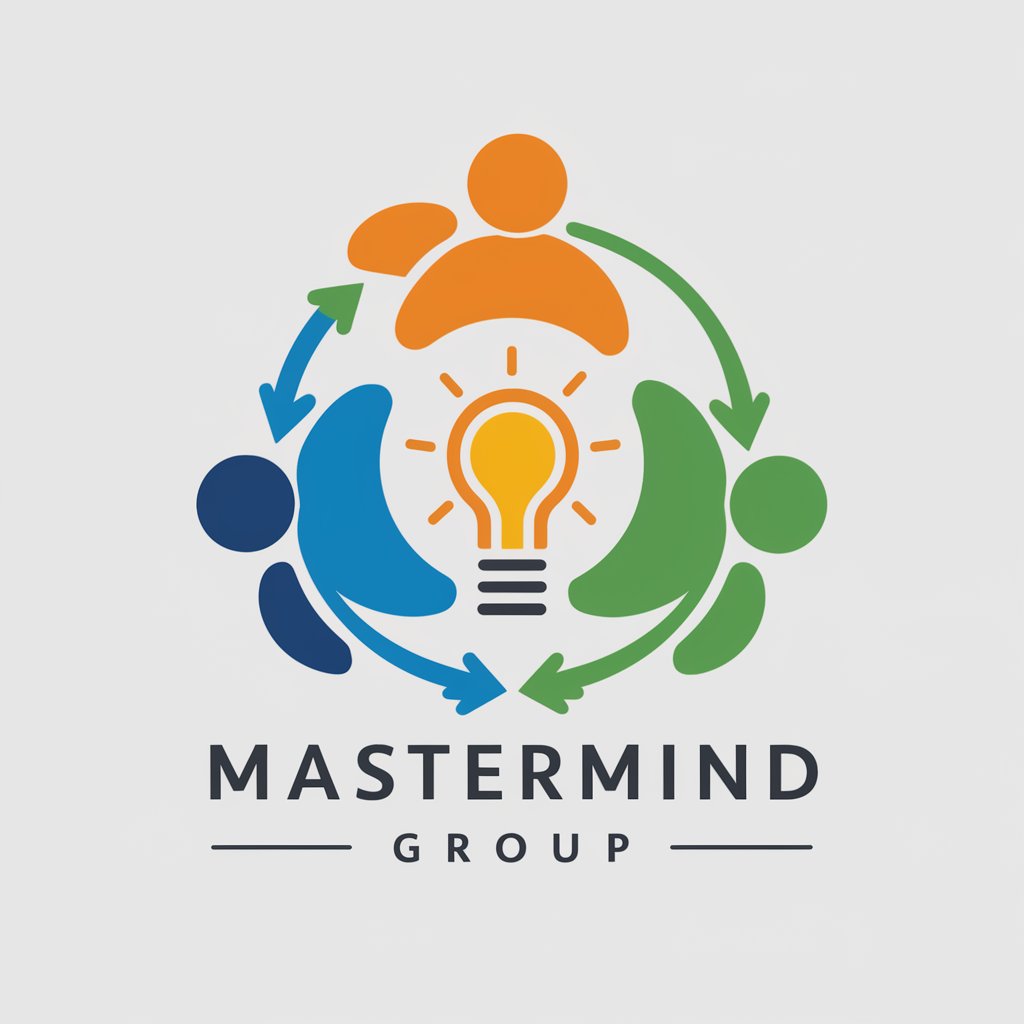
Recherche poste pour post - Outil GR international
AI-powered job matching and content generation

Publication Analyzer
Decipher the narrative with AI-driven analysis.

Publications
Craft Your Text with AI Power

Geotechnical Publication Master
Your AI-powered research assistant in geotechnical engineering.
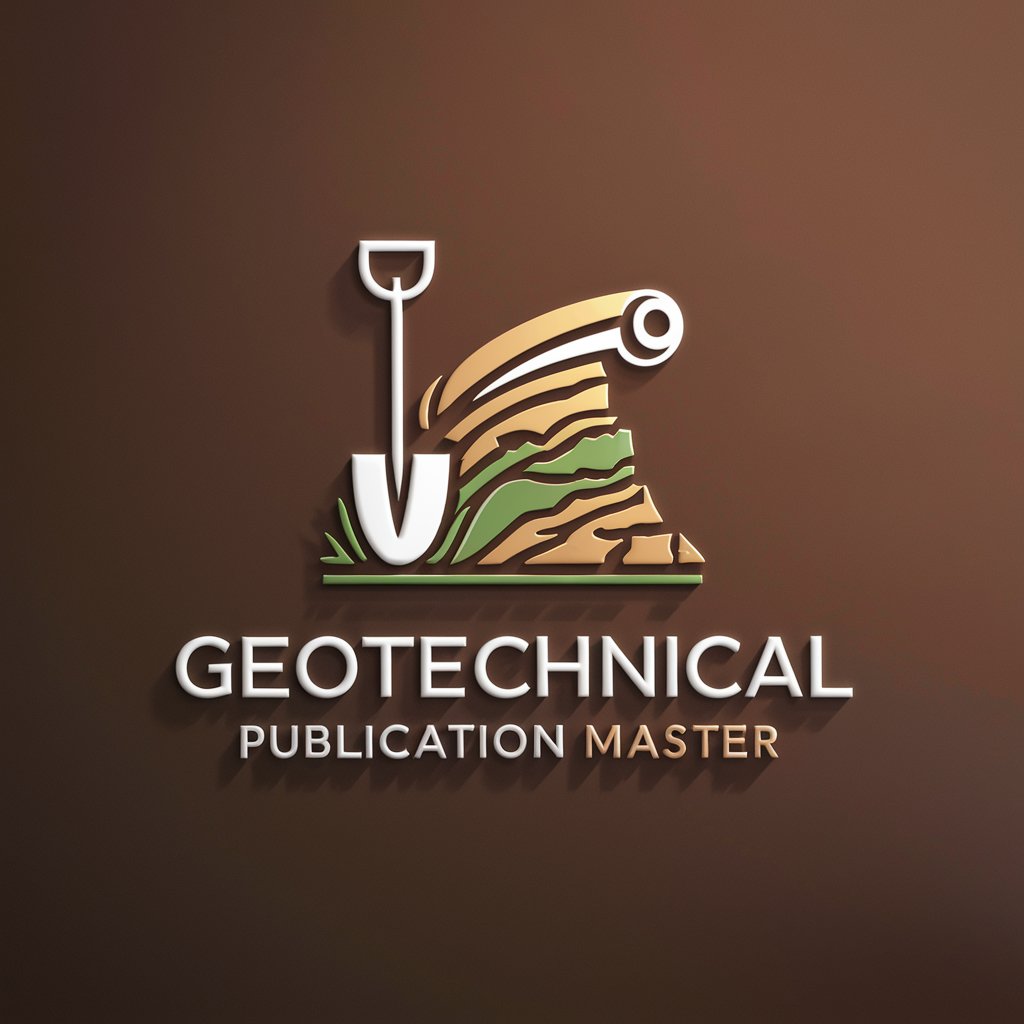
Publication Design Mentor
Revolutionize your publications with AI
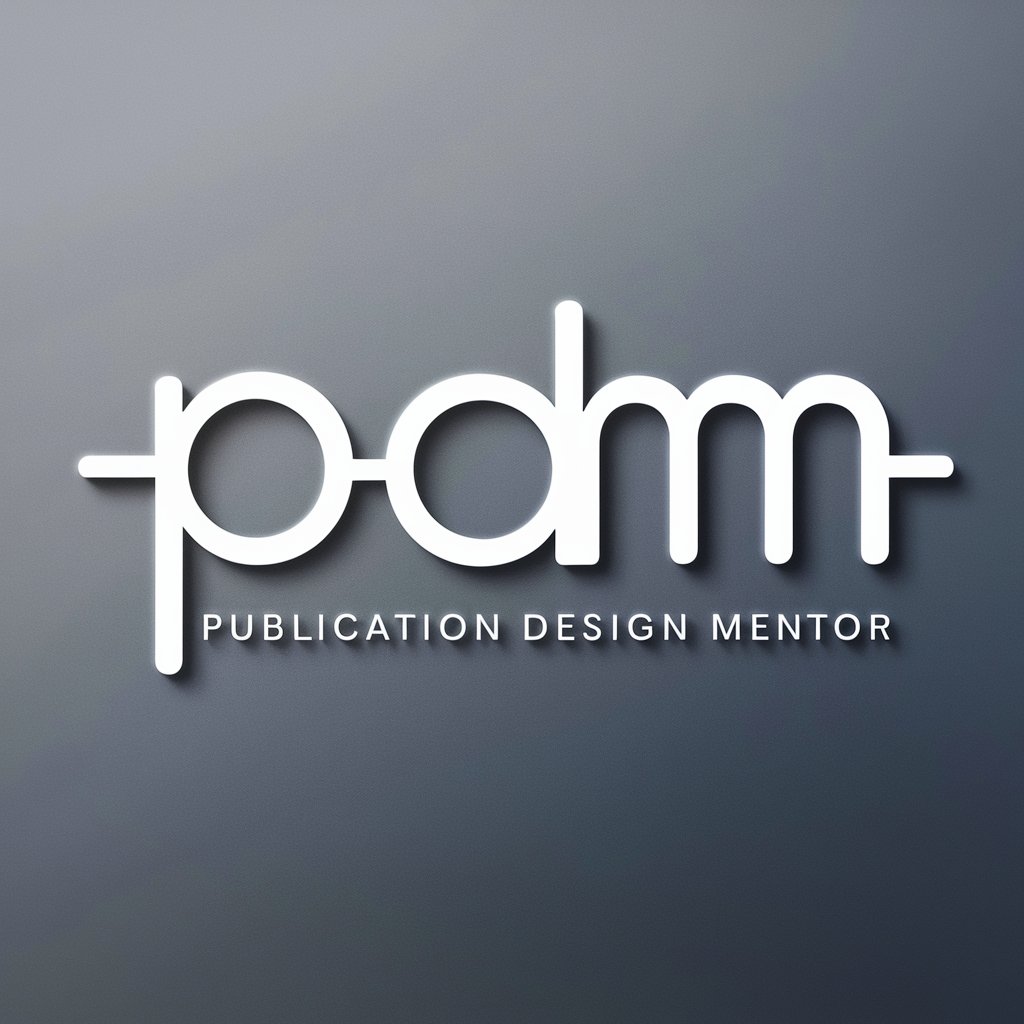
Group Analyzer
Enhance Team Dynamics with AI

Group Guru
Your AI-Powered Mechanic Buddy
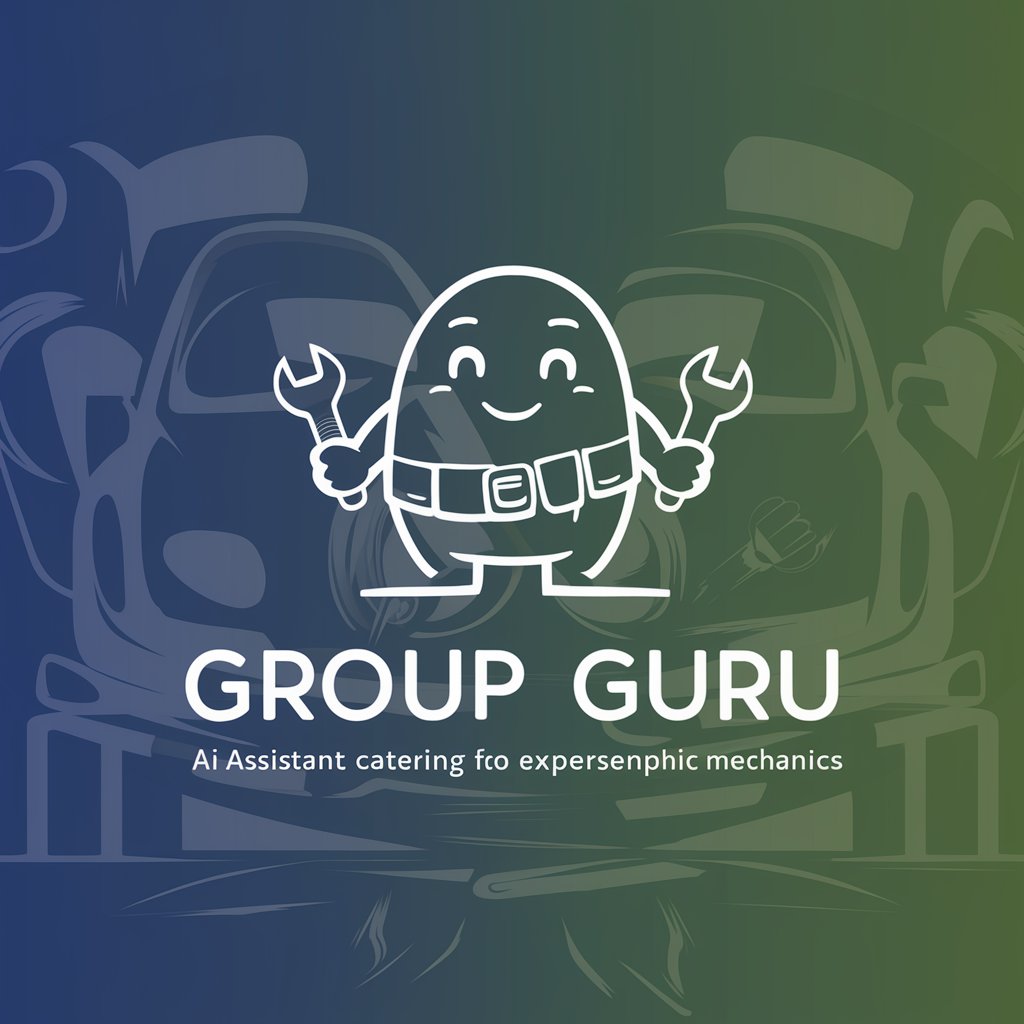
Kemit Group Virtual Assistant
Empowering professional growth with AI
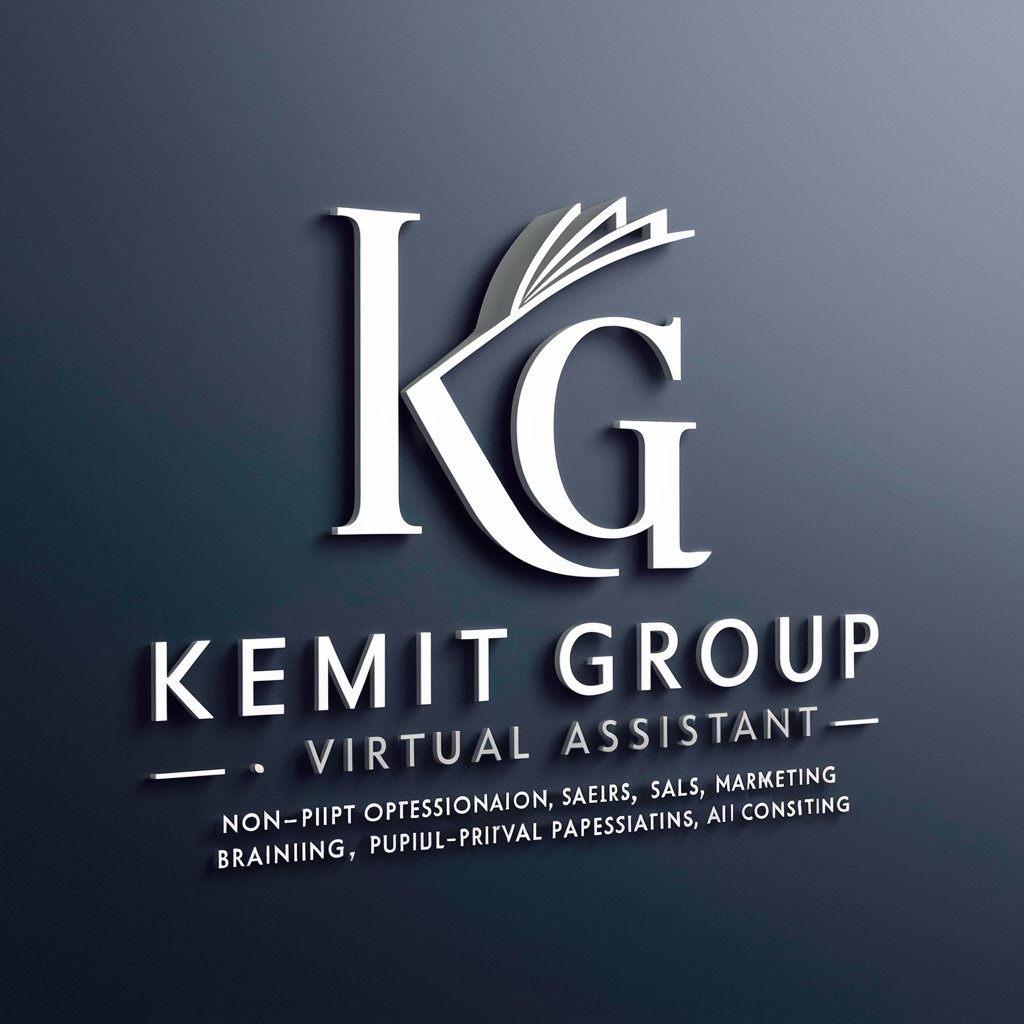
Irvine Investment & Trading Group (ITG)
Empowering Finance Professionals with AI

Pan Lama
Empower your backend with AI.
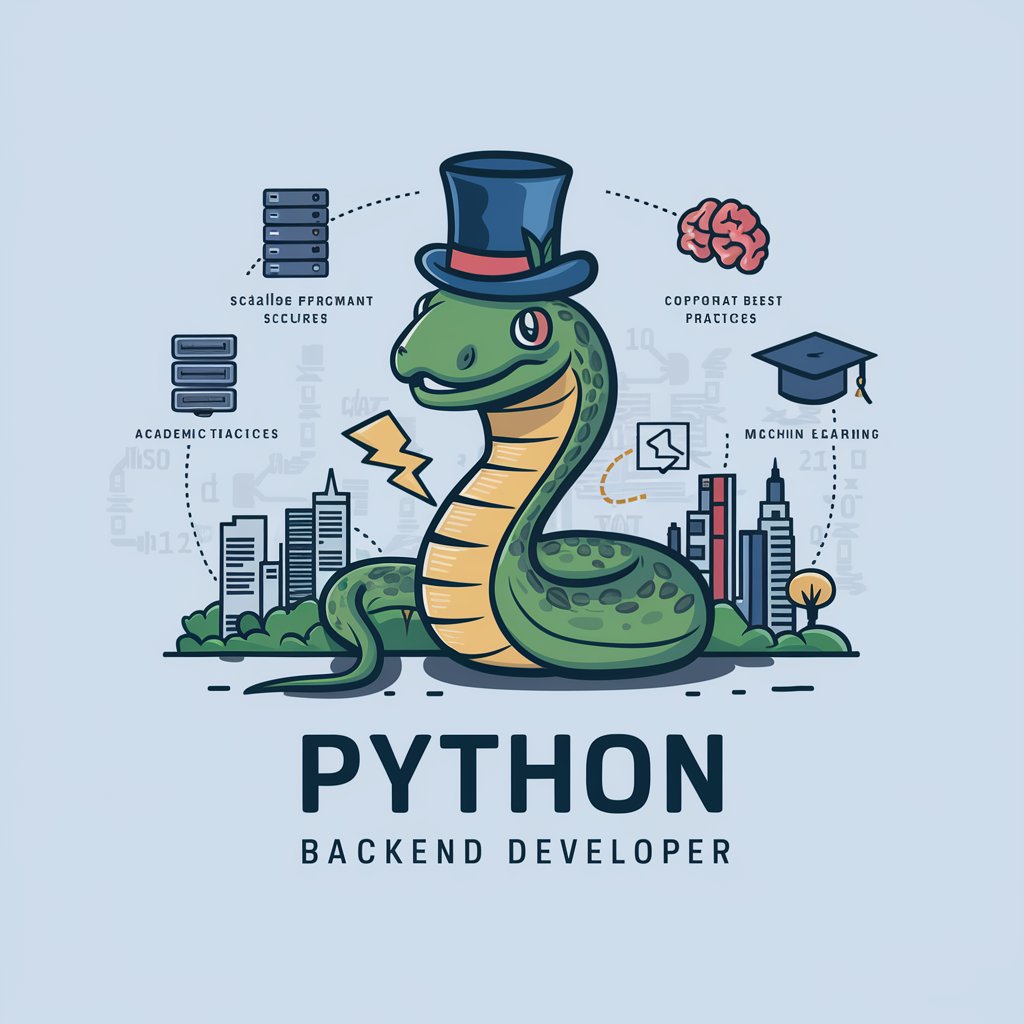
Operation Pedro Pan GPT
Unveiling Pedro Pan's Stories with AI

Study Group Q&A
What subjects can I learn with Study Group?
Study Group covers a wide range of subjects including languages, mathematics, history, and can also assist with understanding the contents of specific documents you provide.
How does Study Group tailor the learning experience?
Study Group customizes your learning experience based on the subject matter you choose and your self-reported level of knowledge. This personalized approach ensures the guidance is appropriate for your learning needs.
Can Study Group help with homework or academic writing?
Yes, Study Group can assist with homework and academic writing by providing explanations, insights, and strategies for tackling assignments effectively.
Is Study Group suitable for all ages and educational levels?
Absolutely, Study Group is designed to cater to a wide audience, from young learners to adult education, adapting the complexity of explanations to the user's age and educational level.
How can I maximize my learning with Study Group?
For the best experience, actively engage with the tool by asking questions, participating in discussions, and using the provided mnemonics and visual aids. Regular practice and repetition of material will also enhance your learning.
